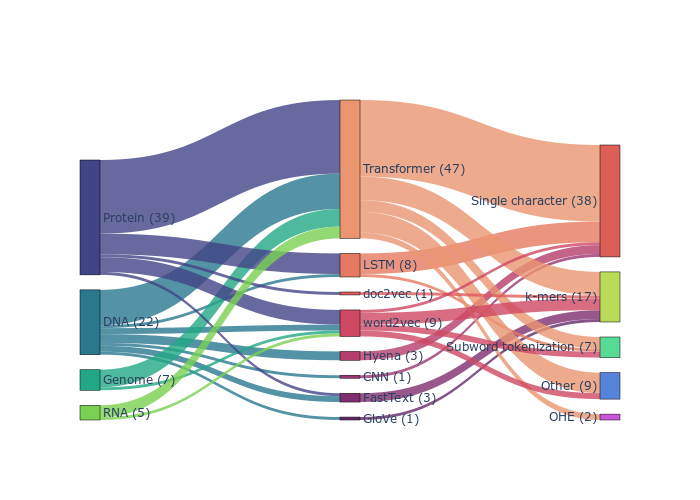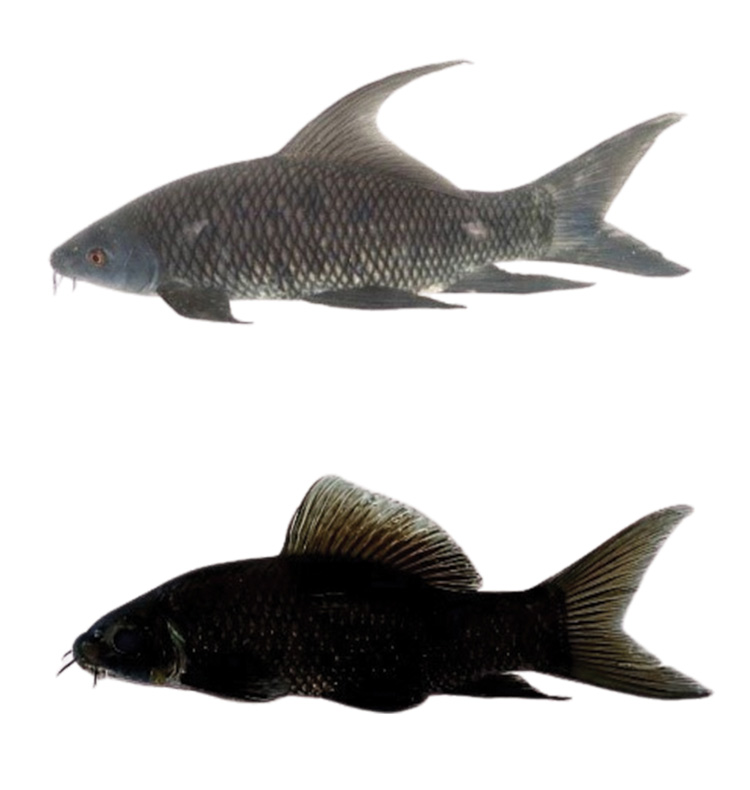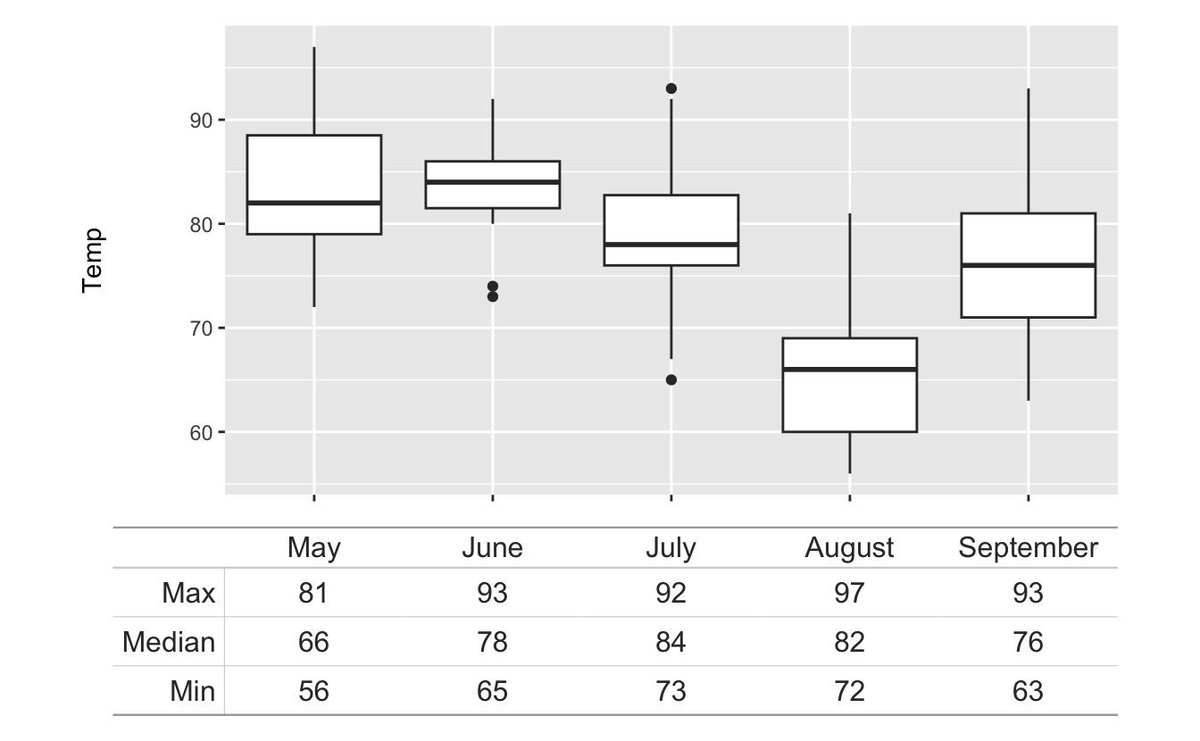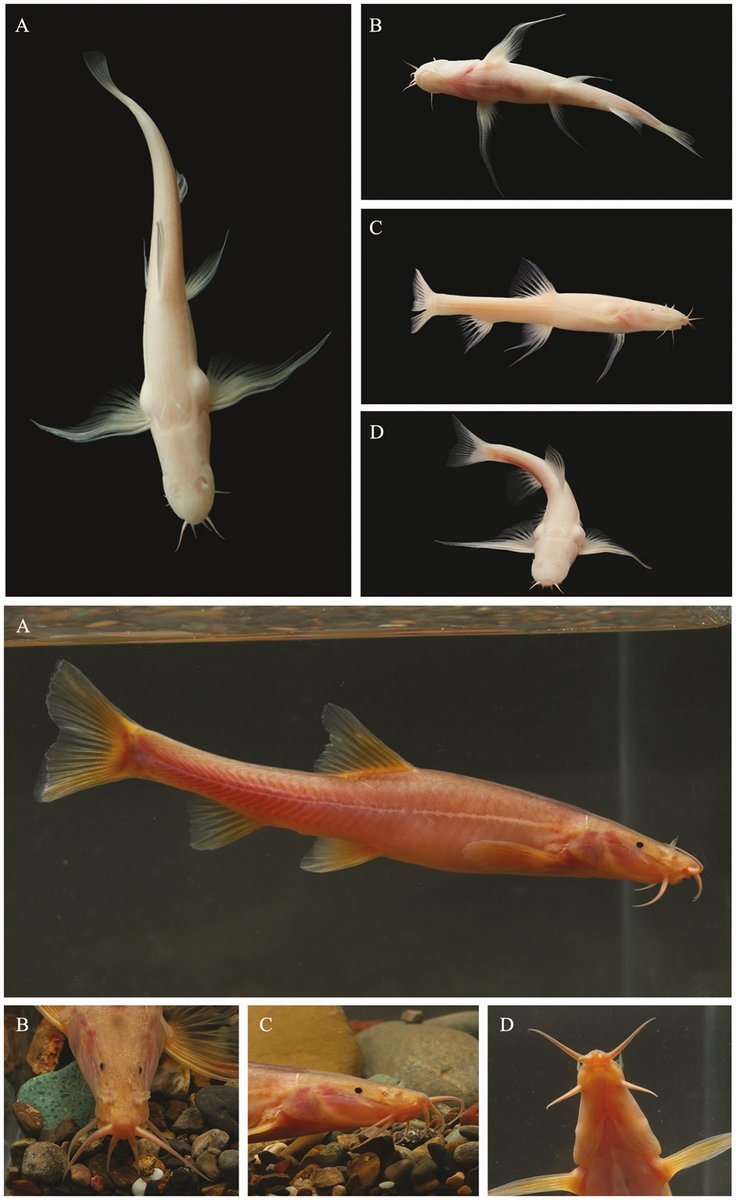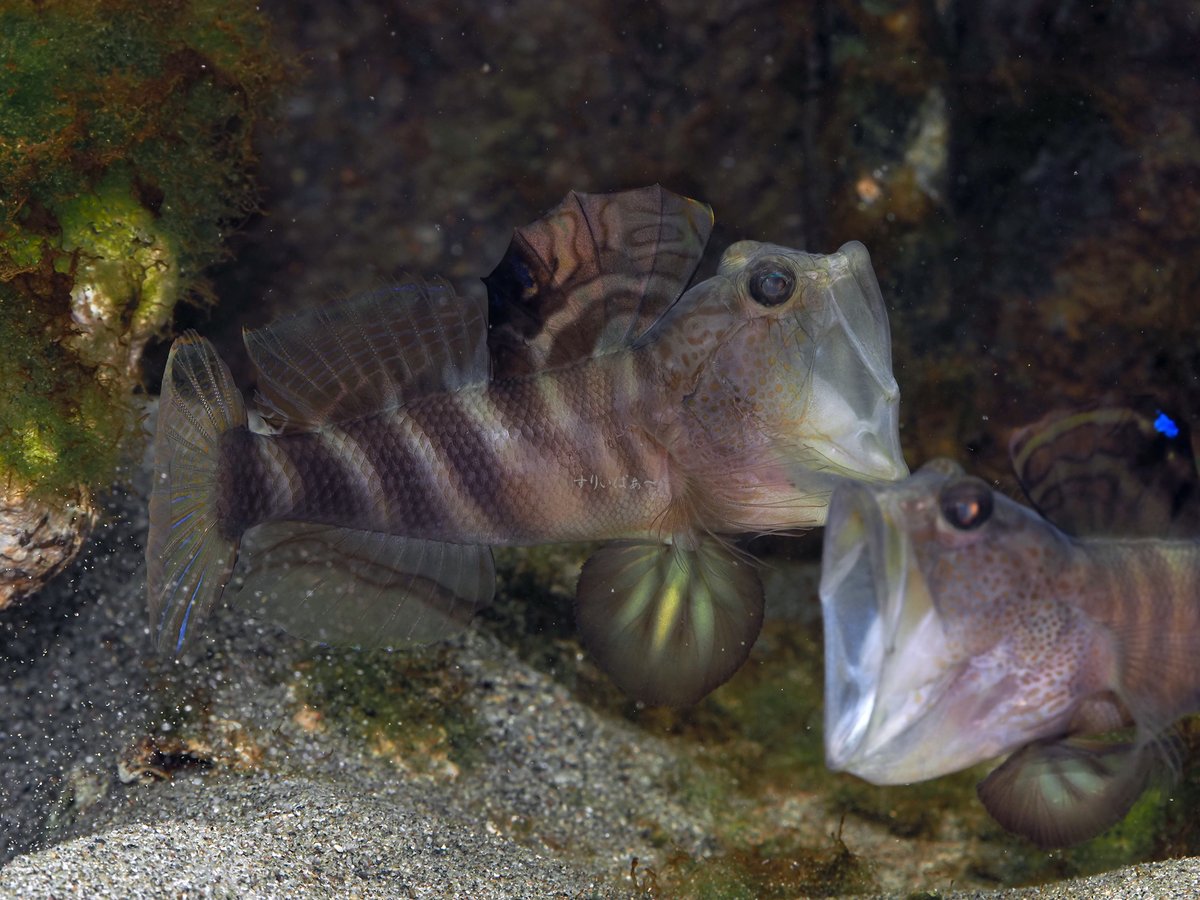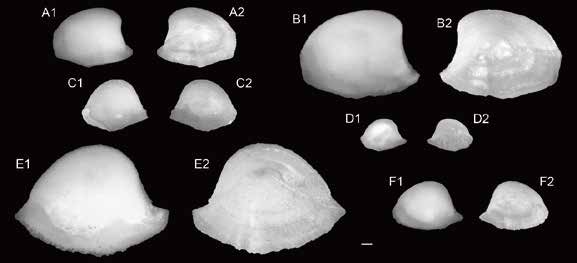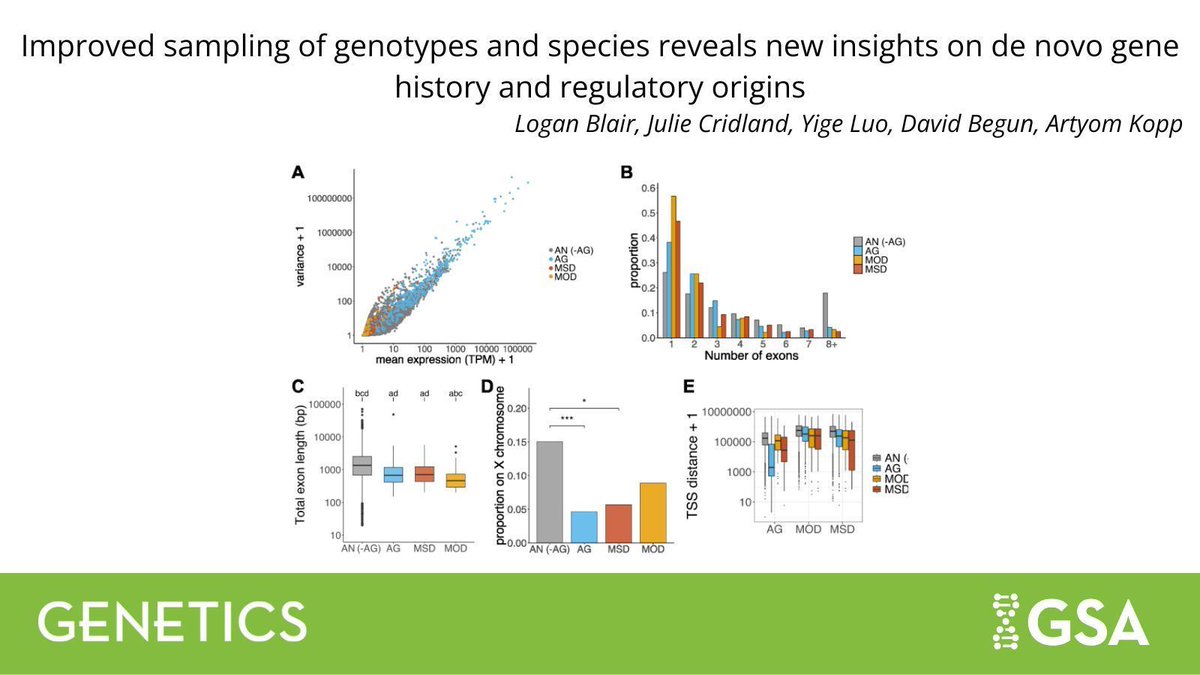
Milton Tan
@mtanichthys
Fish biodiversity, genomics. @INHSIllinois Asst Research Scientist. Also aquarium fish hobbyist and plant parent. Profile pic: With a tamandua knifefish. He/him
ID: 56302593
http://miltontan.github.io 13-07-2009 06:00:53
164,164K Tweet
5,5K Takipçi
1,1K Takip Edilen
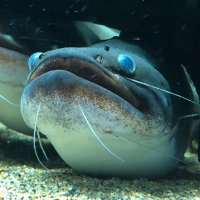
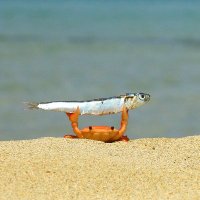
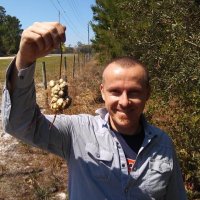
New #eDNA paper led by collaborators Notre Dame Science University of Notre Dame..."Warming Increases Environmental DNA (eDNA) Removal Rates in Flowing Waters" with Ellie Snyder, Pedro Brandão-Dias F Pinto, jennifer tank, and many others! onlinelibrary.wiley.com/doi/10.1002/ed…

#ERGAReads | Earth BioGenome Project 🌍 aims to generate high-quality reference #genomes across the tree of life 🌍 This new paper outlines evolving standards for sample acquisition & processing and explores key challenges for the future of the project. 🔗 doi.org/10.1093/gigasc… #sampling
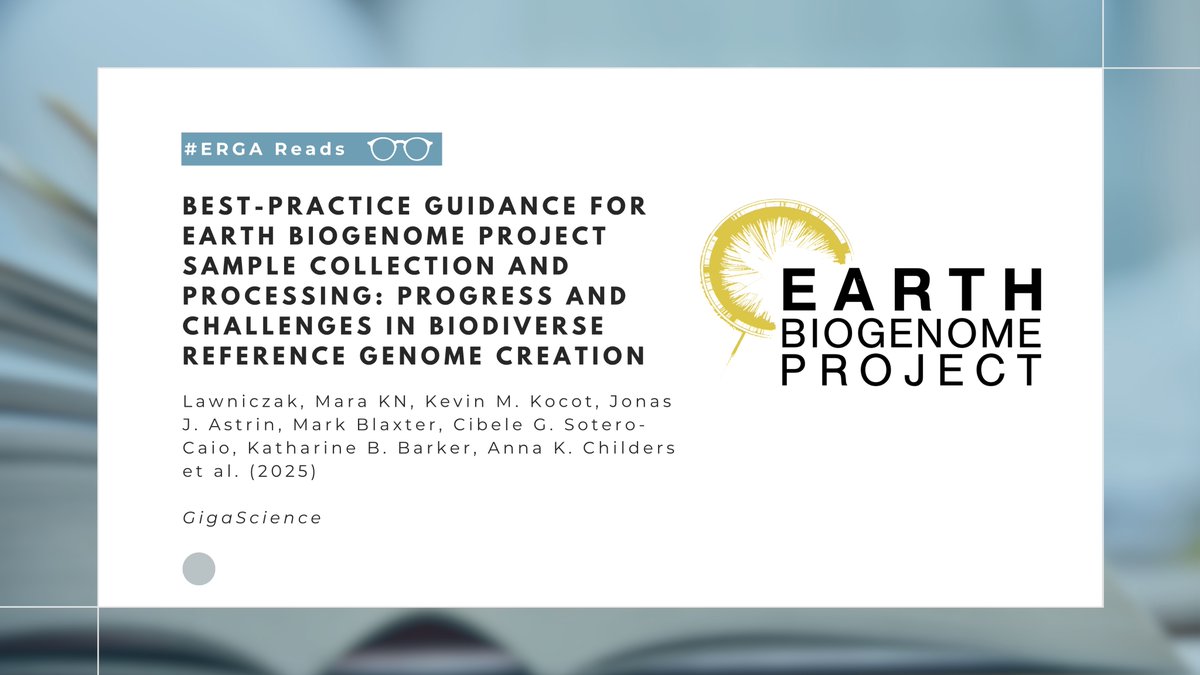

🚀 BioTIME 2.0 - the largest biodiversity time-series database - now spans 12 million records from 553,000 locations, tracking ecosystem changes since 1874! idiv.de/major-update-t… University of St Andrews iDiv Biodiversity Research European Research Council (ERC) Jonathan Chase



That's right. "Nothing short of devastating" Science Magazine science.org/doi/10.1126/sc…
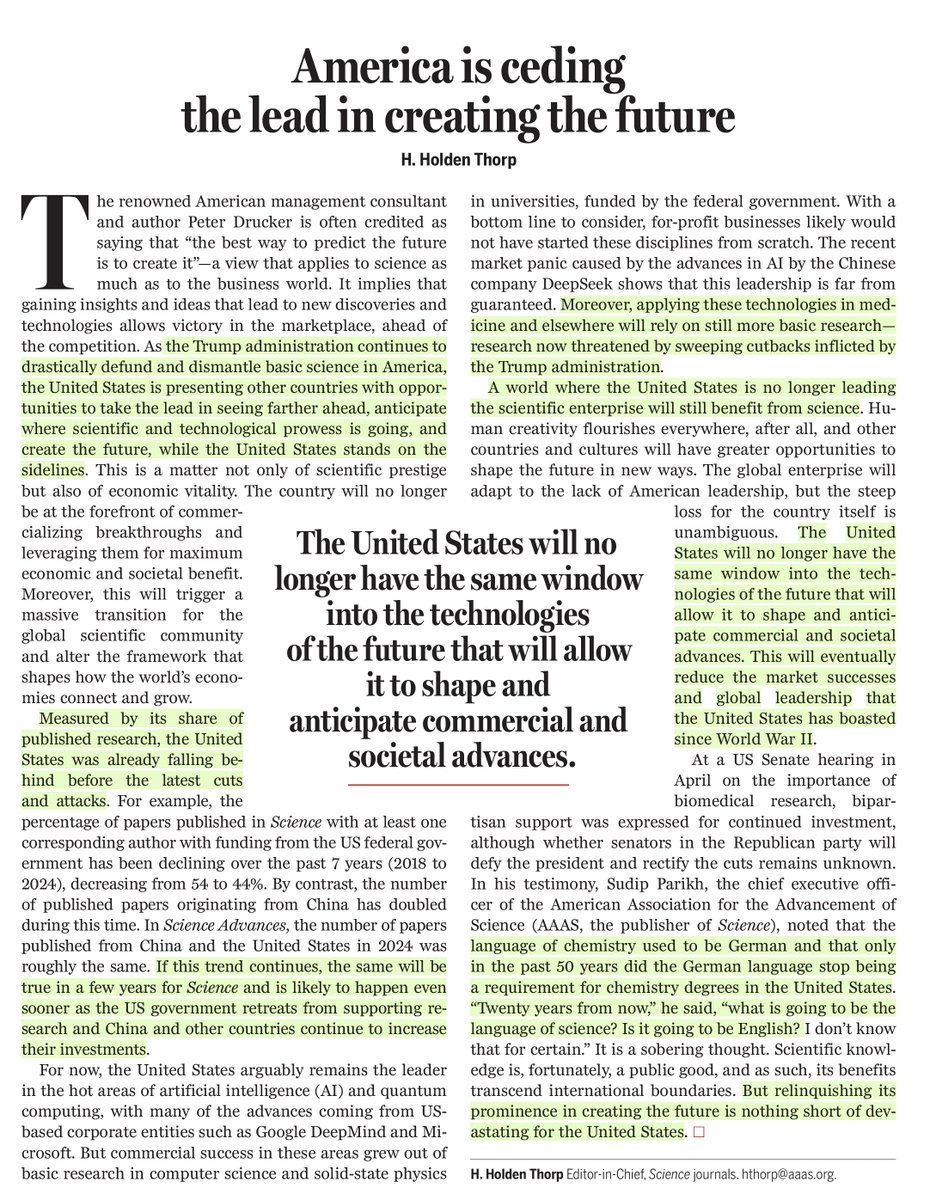




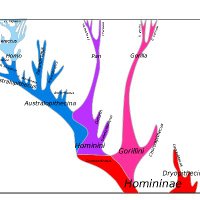
Accelerating Maximum Likelihood Phylogenetic Inference via Early Stopping to Evade (Over-)optimization academic.oup.com/sysbio/advance… Society of Systematic Biologists

Here is the published version of our paper (w/Sarthak R. Mishra) in Genetics: academic.oup.com/genetics/advan…
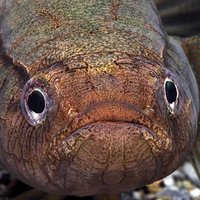


1/6 🧬📊 Curious about the buzz around NLP in biology? Feeling overwhelmed by the rapid developments? We've got you covered! Our review on NLP applications in genomics, by the wonderful Ella Rannon, is now out as a pre-print! #NLP #Bioinformatics arxiv.org/abs/2506.02212
